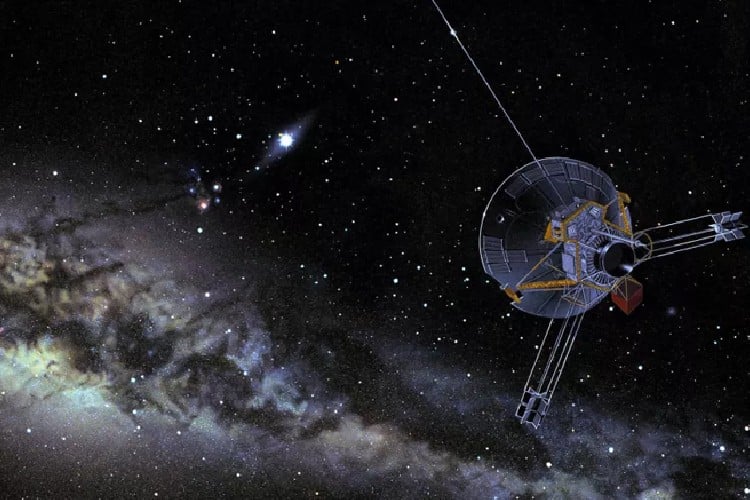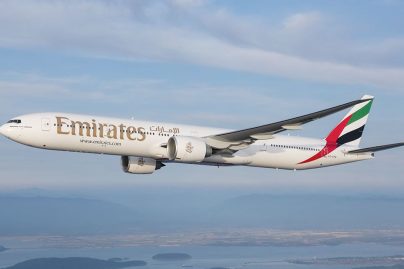This Day, That Year – September 5
Mon 05 Sep 2022
This day in history we feature Voyager 1. NASA launched the space probe Voyager 1 as part of the Voyager program to study the outer Solar System on this day in 1977.
Trivia – Voyager 1
Voyager 1 program was launched to study the outer Solar System and interstellar space beyond the Sun’s heliosphere. Launched 16 days after its twin Voyager 2, Voyager 1 has been operating for 44 years, 11 months and 28 days as of September 3, 2022 UTC and still communicates with the Deep Space Network to receive routine commands and to transmit data to Earth. Real-time distance and velocity data is provided by NASA and JPL. At a distance of 156.61 AU (23.429 billion km; 14.558 billion mi) from Earth as of July 31, 2022, it is the most distant humanmade object from Earth.
Related read – NASA’s probe makes history as it touches the Sun
The probe made flybys of Jupiter, Saturn, and Saturn’s largest moon, Titan. NASA had a choice of either doing a Pluto or Titan flyby; exploration of the moon took priority because it was known to have a substantial atmosphere. Voyager 1 studied the weather, magnetic fields, and rings of the two gas giants and was the first probe to provide detailed images of their moons. Voyager 1 crossed the heliopause and entered interstellar space on August 25, 2012, making it the first spacecraft to do so. Two years later, Voyager 1 began experiencing a third “tsunami wave” of coronal mass ejections from the Sun that continued to at least December 15, 2014, further confirming that the probe is indeed in interstellar space. Voyager 1’s extended mission is expected to continue until about 2025, when its radioisotope thermoelectric generators (RTGs) will no longer supply enough electric power to operate its scientific instruments.
Source – Wikipedia
This day in history – eBay This day in history – eBay

 Apr 19 2024
Apr 19 2024












